In recent years, the rapid development of the automotive industry has led to resource issues and environmental pollution. Under the strong support of national policies, the new energy automobile industry has been steadily increasing, and many auto manufacturers have also taken new energy as an opportunity for innovation. New energy vehicles have become an important trend and direction for the future development of automobiles.
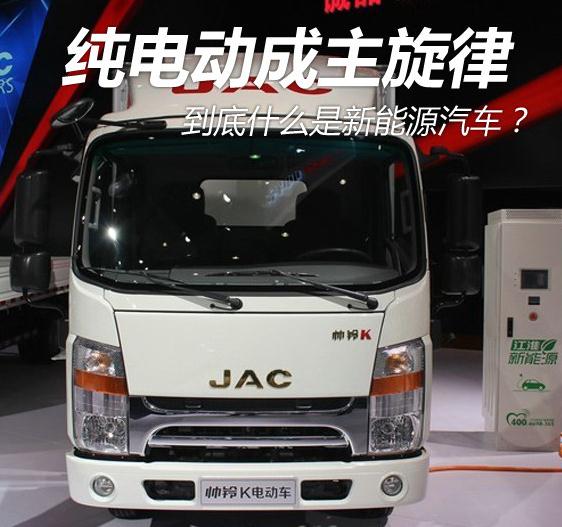
Development background resources and environment
First, the shortage of global oil resources.
The world’s oil reserves were originally in short supply. As car ownership continued to increase, it caused a heavy burden on oil consumption, causing oil prices to increase only, and causing a great impact on traditional oil-fueled cars. Under the background, new energy vehicles have become an inevitable choice for the sustainable development of automobiles.
Second, the issue of environmental pollution.
Automobiles consume large amounts of petroleum resources. Exhaust gas emissions are one of the causes of the greenhouse effect. Environmental issues must be taken seriously. Energy conservation and emission reduction are imperative. Automobiles adopting new energy fuels are concerned.
Third, driven by foreign markets.
The development of new energy vehicles in foreign countries is relatively mature. Domestic new energy vehicles are still in the primary stage. New energy vehicles have become one of the development directions of the entire automotive industry; under the drive of foreign new energy markets, the domestic market must be undefeated. In the land, we must fully develop new energy vehicles.
Focus on what new energy vehicles?
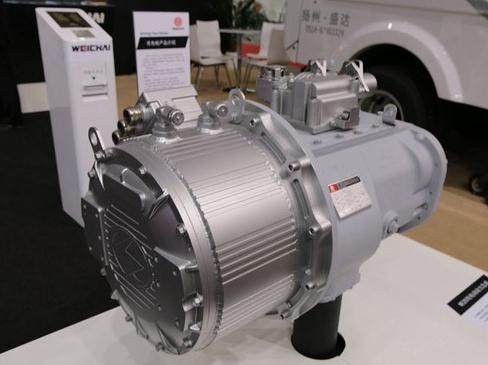
New energy vehicles can literally be interpreted as vehicles adopting new types of energy fuels. The emphasis is also reflected on a “new†word; this new word is mainly reflected in fuels, which are not powered by traditional cars’ gasoline and diesel. Source, and the use of unconventional fuels as a source of power for the car; the biggest difference between the structure and the traditional car is the power system, an increase of batteries, motors, electronic control system and a series of components, the use of new energy effectively reduces the exhaust Environmental pollution.
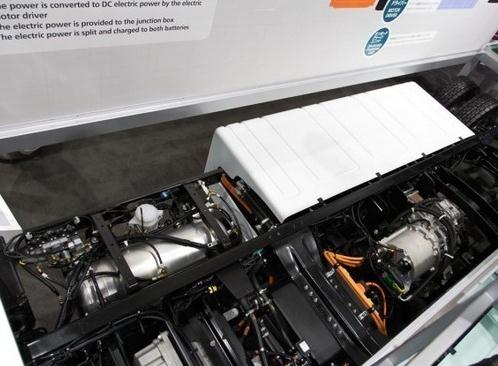
The core technology of new energy vehicles is batteries, including lithium-ion batteries, nickel-metal hydride batteries, fuel cells, lead-acid batteries, and supercapacitors. The supercapacitors are mostly in the form of auxiliary power sources. Battery technology has become the top priority of new energy vehicles. The energy density and long charging time of batteries have restricted the development of new energy vehicles. How to reduce the cost of battery use and enhance the mileage is the key to the sustainable development of new energy vehicles.
Electric fire most new energy car classification
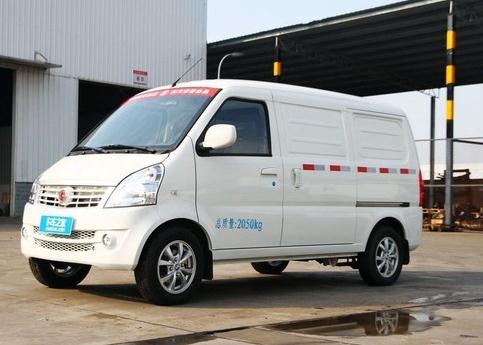
The types of new energy vehicles are also diverse, including pure electric vehicles, extended-range electric vehicles, hybrid vehicles, fuel cell electric vehicles, hydrogen engine vehicles, and other new energy vehicles. Although there are various types, it is most common to say that new-energy vehicles in real life use pure electric vehicles, while fuel vehicles and hydrogen-powered vehicles are generally considered to be the ultimate development goals.
1. Concept of pure electric car
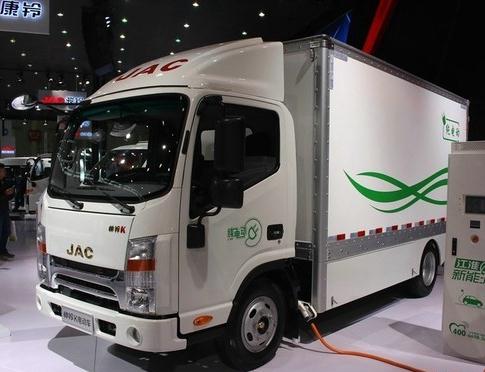
A pure electric vehicle (BEV) can be defined as a vehicle that uses a single battery as a power source for energy storage. A pure electric vehicle is composed of a mechanical system such as an electric drive and control system and a drive force transmission system. The motor rotates to ensure the normal driving of new energy vehicles.
advantage:
1. Pure electric vehicles use clean electric power, no exhaust emissions during driving, no pollution and zero emissions.
2. Noise pollution is effectively reduced; noise of pure electric vehicles is greatly reduced during driving.
3. The energy efficiency of electric vehicles is higher than that of gasoline-powered vehicles.
4. The pure electric vehicle has a simple structure and uses a single electric energy source, eliminating the need for engines, transmissions, fuel tanks, cooling, and exhaust systems. Electric vehicles are easier to operate.
Disadvantages:
1. Short cruising range is the most deadly weakness of pure electric vehicles.
2. The use cost of batteries and motors is high, the price is relatively expensive, and the maintenance cost is high.
3. The battery has a short service life and poor recyclability. In a few years, it needs to be replaced to increase the use cost.
4. In view of the lags in the construction of supporting facilities for pure electric vehicles and the inconvenience of maintenance, the number of charging stations needs to be increased.
2. The concept of hybrid car
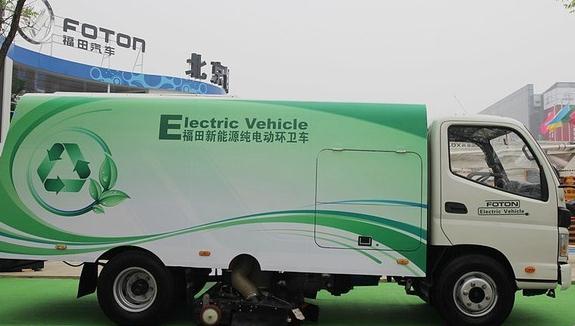
A hybrid electric vehicle (HEV) refers to a vehicle in which a drive system is driven by two or more different power sources to drive a car, generally an internal combustion engine and an electric motor as a source of power, and a single drive train alone or multiple, as the case may be. Drivers are provided together. According to the different coupling modes of the engine and the electric motor, the hybrid vehicle is divided into a tandem type, a parallel type, and a hybrid type hybrid electric vehicle.
advantage:
It not only has the advantages of good dynamic performance, fast response and long working time of the traditional fuel engine, but also has the advantages of motor-free and low-noise; the internal combustion engine generally works in the best working condition, has a relatively low fuel consumption and full combustion; energy-saving and emission-reducing effect Well, no external charging system is required and the mileage is long.
Disadvantages:
The cost is relatively high, and the maintenance cost is much higher than that of a conventional car, especially in terms of batteries. Once the warranty period is over, the maintenance and replacement are expensive.
3. Other types of new energy vehicles
In addition to the above-mentioned two types of relatively common new energy vehicles, there are various types of fuel cell vehicles driven by the electric energy generated by the electrochemical reaction of fuel cells as a power source, and automobiles that use a hydrogen engine as a power source. In short, due to technical limitations, the focus of the development of new energy vehicles at this stage is still in the field of electric vehicles. The use of hydrogen and other energy sources as power sources will be the future direction of development.
Long way to go new energy truck applications <br> <br> with the promotion of new national energy policy has intensified, pure electric car development momentum is getting better, in 2015 the State Council issued the "Made in China 2025", energy-saving and New energy vehicles are listed as the top ten key industries to be created, which fully demonstrates that the country attaches great importance to new energy vehicles; under this background, new energy has also become one of the development trends in the truck sector.
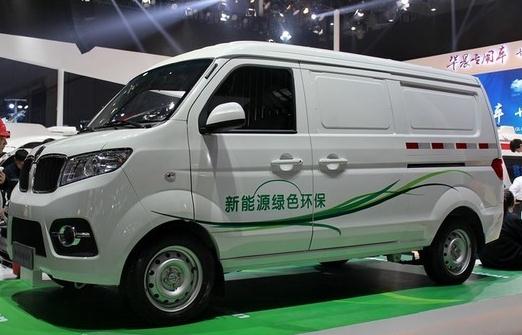
Looking at the new energy market in China, models with pure electric power in the truck sector are gradually emerging. Domestic pure electric models still occupy a dominant position with lighter models, among which there are more pure-electric models in light-duty trucks, and pure-electric logistics vehicles include refrigerated trucks, express logistics, postal vehicles, and so on. .
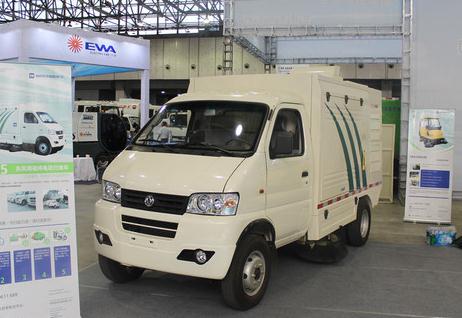
Among the special vehicles, the new energy vehicles are also getting more and more popular. The low energy consumption and pollution-free features of the pure electric sanitation vehicles can effectively reduce emissions. Today's pure electric sanitation vehicles are mostly light trucks and micro card chassis, and Futian, Jianghuai, and Dongfeng chassis. The pure electric sanitation vehicles are the most common. Purely electric garbage trucks, sprinklers, and sweepers are gradually used in daily life.
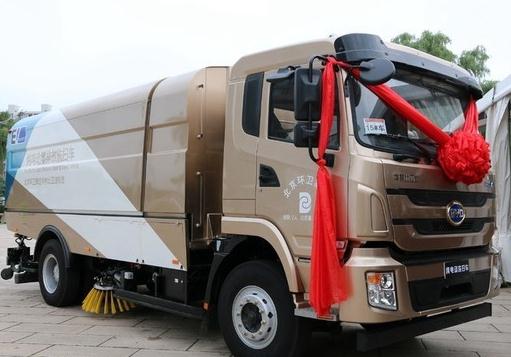
New energy is an important development direction of the automobile. Under the premise that the development momentum of miniature pure electric vehicles is good, pure electric trucks have not stopped the pace of development, and pure electric vehicles are also testing the direction of larger tonnage. In 2015, the 16-ton BYD T8 truck was born and took up the sweeping work of Tiananmen Square in the parade; in addition, BYD’s self-developed first pure-electric wide-body dump truck V60 was successfully trial-built offline. Fully proved that pure electric in the truck field has attracted much attention.

Of course, during the development of pure electric trucks, there will be many problems. How to ensure a longer cruising range becomes a stumbling block in the development process; the reason why pure electric city logistics vehicles using micro cards as a chassis is more Because they mainly carry out short-distance transportation, they do not have too high a requirement for cruising range; and the Dongfeng Special Motors launched at the 2015 Wuhan Auto Show will use a large-tonnage truck as its chassis and can only drive. With 90 kilometers of mileage, the new tonnage of new energy trucks has a long way to go.
New energy vehicles are an important direction for the development of today's automobiles. The development of new energy is an inevitable trend to solve environmental and resource issues. However, the development of new energy vehicles is not easy. China needs to further improve its core technologies. In order to continue the development of new energy vehicles, it is necessary to draw lessons from the experience of foreign new energy development and formulate a new country-based new model based on China’s basic national conditions. Energy vehicle development strategy.
PVC Granulator,PVC Granulation Line,PVC Pelletizing Line,PVC Pelletizer
Zhangjiagang Polestar Machinery Co.,Ltd , https://www.polestarplast.com